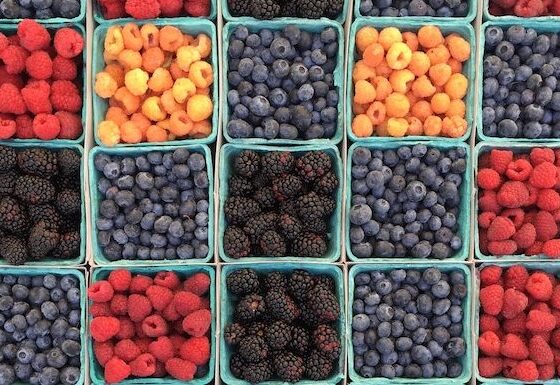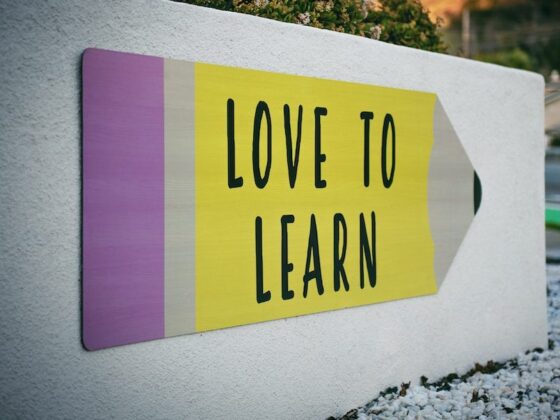Nothing teaches responsibility better than a living, breathing creature to take care of. Skip the fish and try an herb garden first, though! The best part is, at the end the entire family or class can enjoy the fruits (herbs) of your students’ labor.
What you need:
- A windowsill or spot that receives a lot of sun
- Plant containers with a hole in the bottom
- Materials to decorate the plant containers
- High nutrient compost mix
- Herb seeds (basil, parsley, dill, cilantro, oregano, sage, and rosemary grow the best indoors)
- Water
- Watering can or cup
- Marker
- Popsicle sticks
What you do:
First, you’ll want to decorate your plants containers, pots or otherwise, and give them time to dry.
Next, you’ll want to prepare the pots for planting. You’ll want to fill the pots from about one inch from top with the compost. Add water and allow the pot to sit for about 25 minutes or so to absorb.
Now it’s time to create labels for your herb garden! Using the marker to write the name of each of the herbs you’ll be growing onto a popsicle stick. Stick the stick with the label in to the pot of the plant it matches.
Time to plant! Make sure to keep the herb seeds separated by type and plant each type in its own pot. After each herb is planted in your herb garden, use your watering can to add a little water so the soil is moist, but not soaked. Only ever water the plants in your herb garden if their soil is dry. Herbs are very sensitive to overwatering!
Now, we just set them in a sunny spot and wait for them to grow!
Questions to consider:
- Why do we use compost instead of regular soil from outside?
- Why do we need to have a hole at the bottom of the pot?
- Do you think all the herbs will grow at the same rate?
Why it works:
Growing herbs, and any plant for that matter, requires special attention depending on what you’re growing. Some things stay the same, however. If you’re growing a plant in a pot, you must have a hole in the bottom for the water to drain out. If you do not, excess water could cause the plant to drown.
We use compost instead of soil from out in the yard because compost is full of nutrients from different animals, insects and even other plants that will feed our seeds and make them grow nice and strong!
The herbs will all grow at their same pace, and some may not sprout at all! This isn’t anyone’s fault, it could just be a faulty seed. You just have to make sure to check on your plants every day. Once they’re big and green, you can harvest them! Your kitchen will be full of fresh basil, parsley, dill, cilantro, oregano, sage, rosemary, and other herbs that you grew all by yourself!





